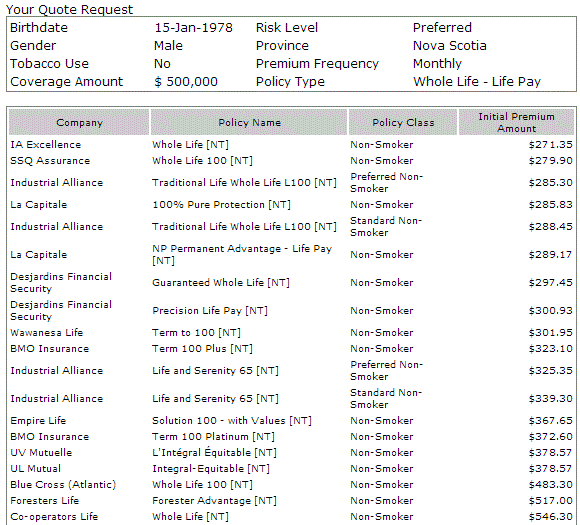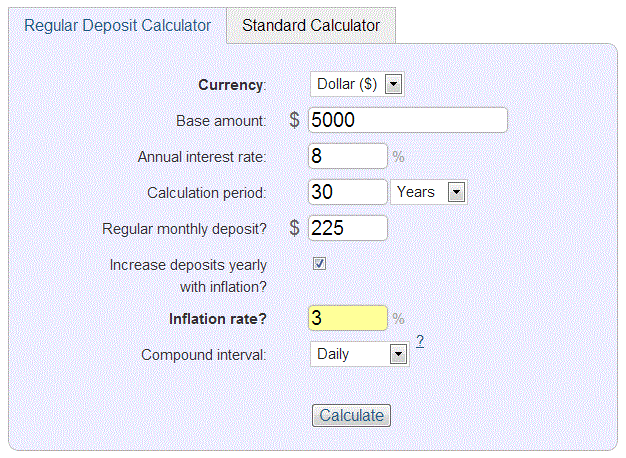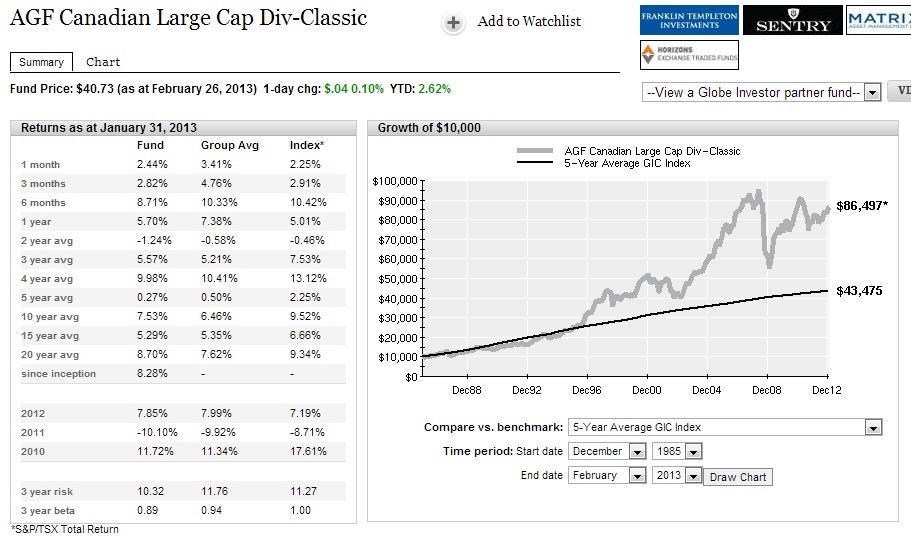David Bach is another one of the modern financial gurus we see so often on television these days. Here in this video we see his #1 tip for avoiding financial catastrophe and putting you on the path to Finding North in your finances.
0 Comments
Recently I've been inspired by a couple of friends who have started to wean themselves off of cigarettes in an attempt to save money. I've been watching the process and noticed the power of having something fun to save towards. Here are some ideas you can use to put smoking in its proper context. How many times have you heard the statement "it takes money to make money?" I bet you've heard it so often you can say it backwards in your sleep. Well, it may be true, but this touching story below will prove that it doesn't take as much money as you think. The more I listen to Dave Ramsey the more I like his common sense, behaviour modification approach to winning at the money game. In the following video we see Dave's 7 Step approach to becoming debt free and financially independent - two things that are essential to Finding North in your finances. I really like Gail Vaz-Oxlade. Her "Money Jars" from Til Debt Do Us Part is very clever. Here she discusses some more common-sense financial tips. Her point about starting the habit of saving is a great idea. I started putting all of the loose change from small purchases in a piggy bank and within about four months had over $16 saved up. That doesn't make me rich of course, but it did create a habit of saving that got me to start looking for other ways to save money as well. It led me to set up an automatic transfer of about $12 a week from my chequing account into a savings account, which I barely noticed but added up very quickly. What is a TFSA? How does it work? How is it different from a RRSP? These are all qustions I get on a regular basis, and that should be answered pretty well by this post. The first video is a little hard to see visually, but if you listen to the explanation and follow along with the pen motions you should be able to get the essential information. The second video is for those who need a visual representation/analogy and who also like humour in their finance videos. If you've ever applied for a mortgage or even if you have a credit card, you've likely been solicited for mortgage insurance or credit protection or some other type of program that supposedly protects your family. In the video below Travis Strain, a Certified Financial Planner from Langley, British Columbia, explains quickly the difference between credit/mortgage life insurance and actual personal life insurance. If you are curious and want to learn more, watch this 19 minutes investigative report by CBC on mortgage insurance and how it can leave families financially devasted. In my previous post I talked about a mutual fund that had averaged a rate of growth of more than 8% per year. It occured to me that some people might not understand what a mutual fund is or why it is beneficial to have one. Here's a quick history and description of mutual funds. Mutual Funds gained a lot of popularity in the 1980s and 1990s, and now roughly one in three Canadians owns a mutual fund. However, pooled investments (many investors putting their money in a single "pool") have been around for more than 120 years, and the first modern mutual fund was actually created in 1924. But what exactly is a mutual fund? Most of the descriptions I've found are either boring or they use complex financial terms. The video below is short and simple, but it does the clearest job of describing the basic idea behind the concept of a mutual fund. Enjoy. In recent posts we've learned about the The Theory of Decreasing Responsibility as well as the high premiums for permanent insurance. In the following short video by Dave Ramsey, we see an example of how the concept of "Buy Term And Invest The Difference" can help someone become "self insured." I will show a simpler example explaining all of the numbers, below the video, for those interested in how this concept actually works. I really like Dave and his videos. In this video though, he doesn't explain the investing part in great detail and it sort of seems as though the family magically makes all of this money simply because it invested. In the following calculations I will show, with evidence how someone can become "self insured" using the Buy Term and Invest the Difference concept. Let's look at an example of a 35 year old male with an insurance need of $500,000. I ran a quote for whole lfe insurance from an online Canadian insurance brokerage and came up with the following results: For calculation purposes let's take the third option down - a "Traditional Life Whole Life L100" policy from Industrial Alliance - for $285.30/mo. A very good level premium, $500,000 30 year term policy will cost this same individual $60.33/mo. If this individual chooses the term option over the whole life option, that leaves a "difference" of almost $225/mo ($285.30 - $60.33 = $224.97) Next, we will use a free online compound interest calculator to see what could happen to that $225 if it were invested. If you enter these details in exactly as I have you will find that in 30 years, this man's investment value will be more than $500,000. That would make him self insured and eliminate the need for the term policy. There are a few assumptions I have made that I would like to point out here though. First, I have assumed that a 35 year old making in excess of $40,000/yr can manage to show enough personal restraint to have saved up $5000 at this point in his life. Second, I have assumed that over a 30 year time frame his income will increase somewhat and he will be able to afford a slightly increased monthly investment amount each year to protect this investment against inflation. If this isn't the case, it would simply take 35 years (instead of 30) for his investment to exceed $500,000 in value (run the case with $0 for the initial investment and uncheck the inflation box for yourself to varify my claim). Now, at this point, the most logical question becomes "where can you get an 8% return?" The banks certainly aren't giving people savings accounts or GICs at that rate, and to make matters worse they tell people investing is "risky". I have, however, found an actual investment which has averaged 8% growth a year over the last 26 years. Certainly past performance is no indicator of future results, but it's the best we have to go on, and 26 years is a pretty long time frame so I think we can be fairly confident with using this fund as a benchmark of sorts. The above screen shot was from the fund profile of this AGF mutual fund from the Globe and Mail's website, taken on the day I posted this article. AGF is a very old and reputable company, and the fund was started December of 1985 (more than 26 years ago). I have included a comparison of this fund's long term performance against the average growth of a 5-year bank GIC. You can see in the left hand column that, since inception, this fund has averaged 8.28% growth per year. It even managed to average more than a 7% per year return during the extremely volatile last 10 years. This is not to say that I am personally recommending this fund. I am only showing it as an example of what is possible, and as an example of what the banks and insurance companies don't want you to know. In my last post I introduced the idea of the RRSP. In this video, financial educator Jim Yih shares with us how to use a RRSP properly to get the best tax advantage. |
| Finding North |
|



 RSS Feed
RSS Feed